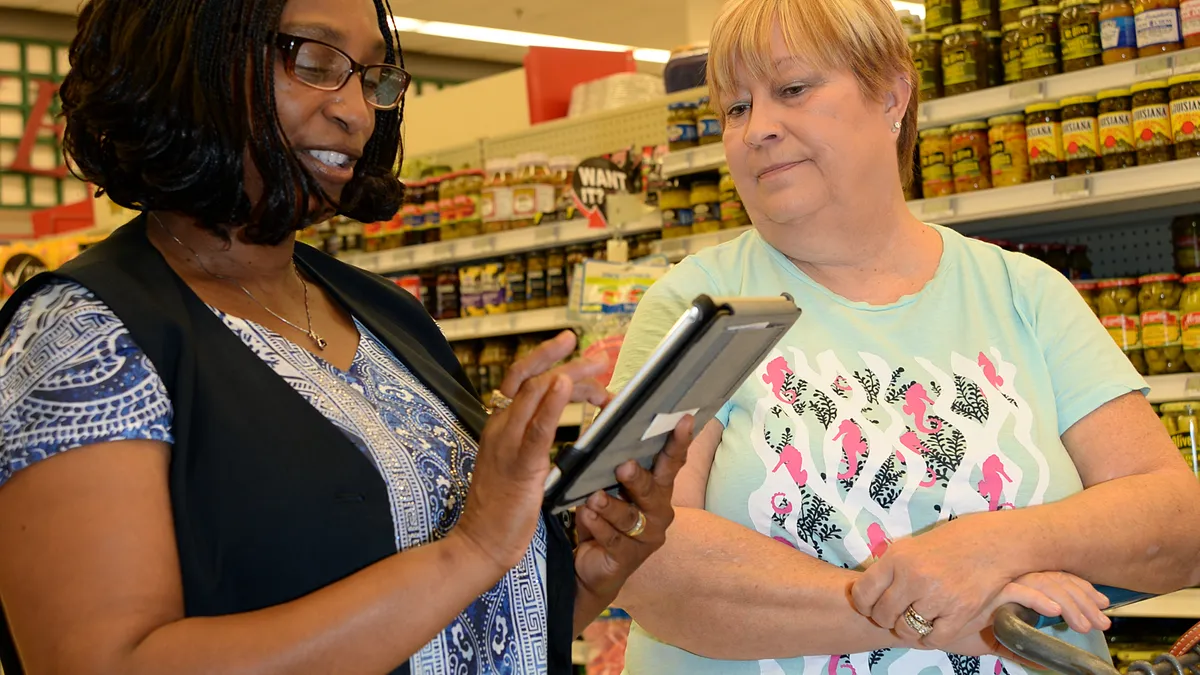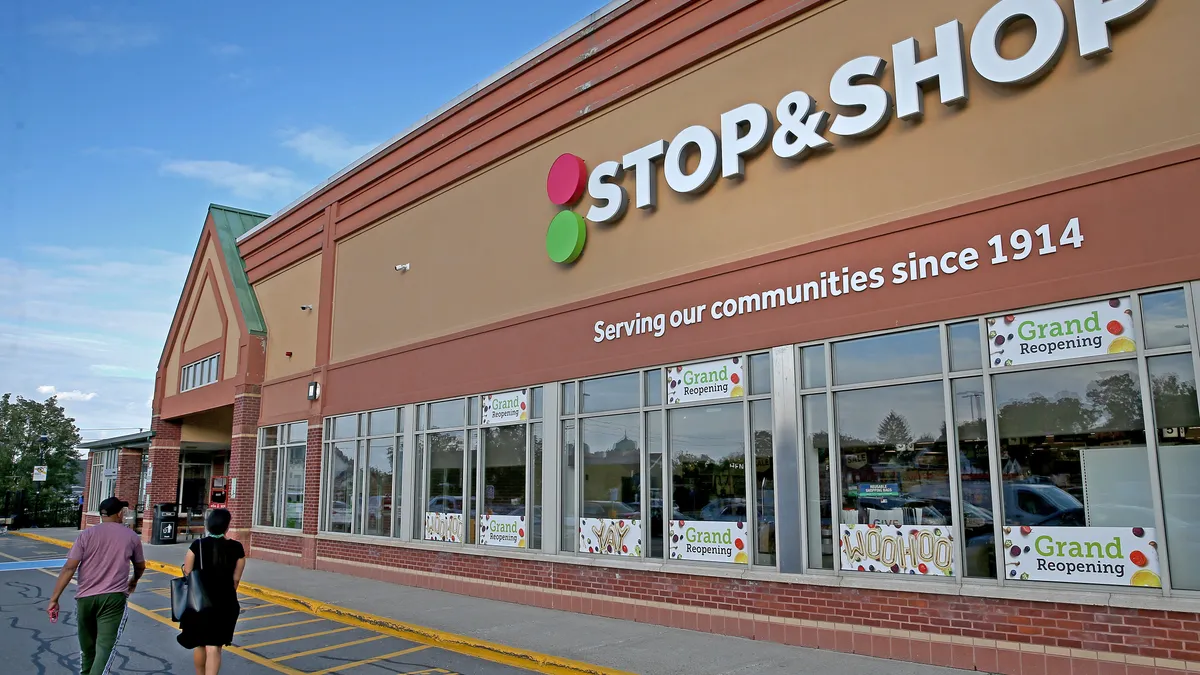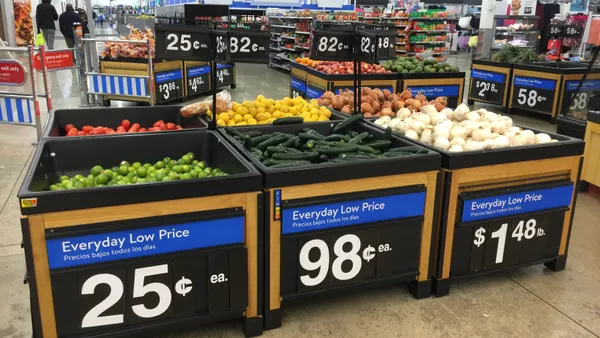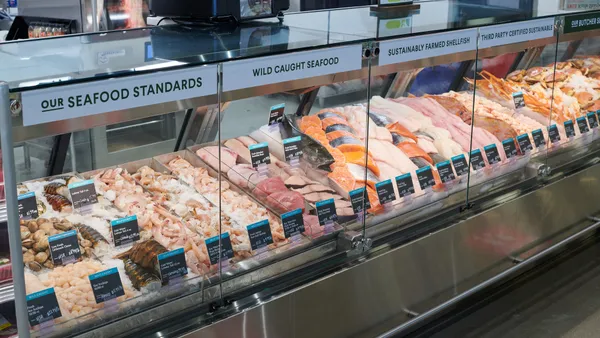John Larson is senior partner at John Larson & Company and co-author of the book Capturing Loyalty. Prior to starting his own firm, John held positions at McKinsey & Co., Monitor Company, Lieberman Research Worldwide and J.D. Power and Associates
Last week, I went to my local Trader Joe’s and bought an inexpensive bottle of Chilean wine. When I went to pay, the cashier complimented me on my selection. “Several of my customers have purchased this wine and they all really liked it,” she told me. I left the store with a nice smile on my face thinking how smart I was to have made such an enlightened purchase.
My next stop was at our local “high-end” supermarket. There, I purchased some salmon and asparagus for dinner. I also wanted to get some dried chervil but could not find any. When I went to check out the first question the cashier asked me was, “Did you find everything you wanted today?” I answered, “No. I could not find the dried chervil.” I looked the employee right in the eye when I said this. She looked right back at me and, without even acknowledging that I could not find something I wanted, replied, “That will be $26.50.”
In the first case, I walked out of Trader Joe’s with a smile on my face thinking about the wonderful wine I had just purchased. In the second case, I left the market completely oblivious to the nice salmon and asparagus I had purchased. All that was on my mind was the $5 container of dried chervil I could not find.
Is this really the impression that this grocer wanted me to have when I left the store? I think not.
Please do not get me wrong here. I am not saying that inquiring if the customer has found everything he or she needed is not a good thing to do. It certainly is, but not at the cash register.
If this question is asked at the register, all the options are bad, regardless of the intent of the register operator. There are two basic outcomes at this point:
1. Most likely, I will respond that I have found everything I wanted even though I have not. After all, at this point I’ve finished my shopping and accepted the fact that I won’t be able to buy this product. The last thing I want is to be sent back out looking for it again.
2. Worse still, I could mention that I did not find the dried chervil and, as happened in this example, the cashier could completely ignore my response. Or, she might hold up the line while finding someone to go look for the item, thus inconveniencing everyone else and negatively impacting their shopping experience.
In either case, I walk out of the store with a bad feeling in my stomach.
The time to ask this question is when something can be done about it — namely, while the customer is still shopping and before they get to the register. In my 30 years of experience working to improve customer loyalty across a variety of industries, I have consistently found that assigning employees to walk the floor and help customers find what the items they need (and suggesting other items to complement what they have just purchased) will more than pay for the incremental cost with a higher ticket average, greater customer satisfaction and increased visit frequency.
Employees don’t need to hover or preempt a customer’s shopping experience to inquire about their needs. Instead, the key is to have employees readily visible, approachable and knowledgeable enough to sense when and where to step in and provide assistance.
Let me conclude by saying that the value of timely service extends well beyond the everyday grocery example presented here. You will find that timely support will result in greater sales and profit growth in virtually every retail business, from consumer electronics to office products to high-end cosmetics — and the list goes on. The approach can vary from business to business, but well-timed service is always central to an organization’s customer loyalty and growth strategy.













